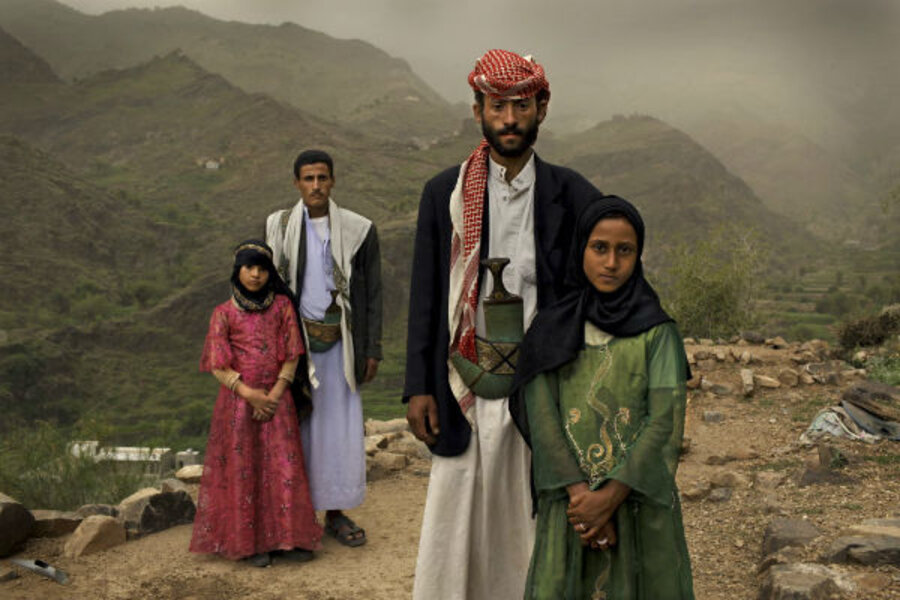Teen pregnancy rate in developing world high despite decline
Loading...
| London
Teen pregnancies in the developing world are declining, but more than 7 million girls under the age of 18 are still giving birth each year, according to a United Nations report released yesterday.
The UN Population Fund expressed particular alarm about the dangers facing girls 14 or younger, who account for 2 million of the 7.3 million births to women under 18 in developing countries. This group faces the gravest long-term social and health consequences from giving birth as teens.
"A girl who is pregnant at 14 is a girl whose rights have been violated and whose future is derailed," the fund's executive director, Babatunde Osotimehin, said in London.
The report looked at births to women under 18 worldwide, the underlying causes of teen pregnancy, and possible solutions to the problem, which the UN said is part of a vicious cycle of rights violations.
"The reality is that adolescent pregnancy is most often not the result of a deliberate choice, but rather the absence of choices, and of circumstances beyond a girl's control," Dr. Osotimehin wrote in the report. "It is a consequence of little or no access to school, employment, quality information, and health care."
The report said that high rates of adolescent pregnancies correspond with other social problems: "Early pregnancies reflect powerlessness, poverty, and pressures – from partners, peers, families, and communities. And in too many instances, they are the result of sexual violence or coercion."
The issue is most evident in the developing world – with 95 percent of births to women under 18 occurring there. Ten percent of women ages 20-24 in the Middle East reported at least one birth before age 18, while 22 percent did in South Asia, and 28 percent did in Western and Central Africa, the report says.
Every day, 20,000 girls below age 18 give birth in developing countries. Nine in 10 of these births occur within a marriage or a union – highlighting the scourge of child marriage.
Osotimehin noted a positive World Health Organization report saying that some countries have seen a rapid decline over the past decade in the percentage of women reporting birth before age 15 – a trend attributed largely to a decrease in early and arranged marriages. But its overall tone set out the case for urgent action.
"The birth or pregnancy in one adolescent is unacceptable. One," Osotimehin told reporters in London. "Whether it's going up or down is not the issue – 7.3 million is huge."
The UN report was careful to note that some girls under 18 want to become pregnant. It stressed the benefits of waiting – such as better health, educational, and future income opportunities – and called for a new approach to curbing teen pregnancies that minimizes the emphasis placed on girls' behavior as an underlying cause.
"Childhood must never be derailed by motherhood," it said, calling for greater efforts to end child marriage and more action on gender equality.





